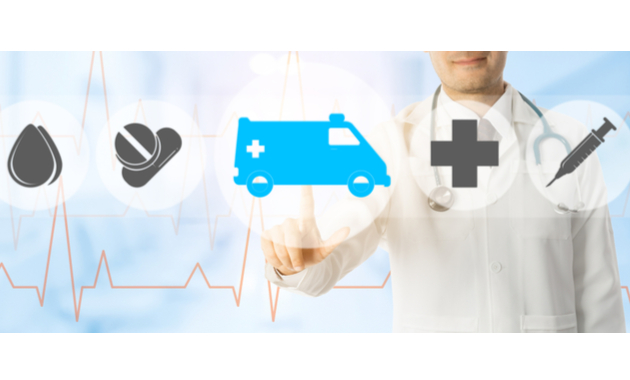
When somebody in your family is diagnosed with diabetes, hypertension, heart disease or cancer, it is not only tough for the patient but also for the caregiver: YOU. While your friends and family may offer some monetary assistance and physical support, you will be the one to make all important decisions.
In such cases, some people tend to worry non-stop and play “What if” scenarios in their mind while others completely avoid thinking about “bad” things.
Instead of going to these extremes, you can make an action plan to take care of any unfortunate incident. This will help you stay calm and be prepared for medical emergencies, if any.
Here’s a practical guide to help you prepare:
Step 1: Emergency numbers
When someone in your family is suffering from a critical health condition, it is important to have all these emergency numbers in one place:
1.Family doctor
2.Specialized doctor who is treating the disease
3.Hospital that your doctor visits
4.Local ambulance providers
5.Local hospitals for immediate hospitalization
Pro tip: Make emergency details accessible to everyone in the family and also regular visitors including maids and close neighbors.
Step 2: Special first aid measures
A heart attack or stroke can strike without warning and just as you are financially prepared with insurance and savings, you need to be physically prepared to administer first aid.
Learning to administer first aid can help you alleviate the patient’s pain and severity of the condition. You need to know about:
1.Medicines: In addition to your typical first aid box contents, you should include emergency medicines as prescribed by the doctor to stop bleeds or provide pain relief or ease breathing or to deal with any issue that is likely to crop up.
2.Recognizing Signs: Sometimes, it is not only important to learn about signs and symptoms so you can administer medicines but also to know when to rush the patient to the hospital. For example, if you are looking after a patient with high blood pressure or any cardiovascular disease then you should know how to spot a stroke.
3.CPR: Cardiopulmonary resurrection or CPR is a lifesaving technique which is used if there is no pulse or if the patient stops breathing. If you have a heart patient at home, ask your doctor about this procedure.
Pro tip: Don’t rely on online videos for learning about procedures like CPR, consult with your doctor and get proper information and training on such first aid measures.
Step 3: Medical records of check-ups, labs and prescriptions
As we all know, a medical emergency can strike without warning and you may have to rush the patient to the hospital. When you have to leave your house in a hurry and barely have time to grab your money and wallet, you can’t waste precious time trying to find the latest reports and other files.
Here’s a checklist so you have the important documents handy:
1.Prescriptions of all current medications
2.Doctor’s notes at latest check up
3.Latest lab reports – both the pathology lab and radiology lab reports
4.Hospital discharge summary of previous hospitalization (if any)
A detailed medical history of the patient helps the doctor to assess the situation and decide the best line of treatment.
Pro tip: If possible carry the patient’s medicines with you to the emergency ward because the doctor may not be able to recognize the medicine from the brand name in the prescription.
Step 4: Ready finances
When you are looking after a patient with a chronic condition like hypertension or a critical illness like cancer, it pays to be prepared for hospitalization expenses. It is great to have a good medical insurance cover but, sometimes the cover may run out. Sometimes, the hospital you go to may not be covered for cashless hospitalization. In all such cases, a personal loan is a good option.
Pro tip: If you are worried about not being able to raise a large sum in a short period of time, then you can look at pre-approved personal loans to manage the expenses of medical emergencies. A pre-approved loan is a kind of loan where you are already approved for an amount that you can keep handy and use only when you need to. You are charged interest only on the amount that you end up using – you have the option to withdraw when you need money and pre-pay it when you can.